Back in December, I wrote a profile of a remarkable Portland filmmaker, Mike Wilder, for MAKE magazine. It's now been published in their Backyard Biology Issue. The actual link to the story will likely go live after the issue has left the newsstands, but here's a teaser (from an earlier draft).
"When I was 7 or 8 we went to EPCOT and saw an amazing 3D film that was produced by the Kodak people. In one of the scenes, a character threw a gold ring at the audience. And everyone in that audience reached out simultaneously to grab the ring. That just fucking blew my mind."Twenty years later, Mike Wilder made his own 3D science movie. Working alone in the closet of his one-room basement apartment with less than $500, he made the first 3D time-lapse movie using robots made of Legos of tiny carnivorous plants. Let me repeat that: a 3D time-lapse film of carnivorous plants.. Made with robots. That are made of Legos. In a closet. For $500.
I recommend that you go and buy a copy of the DVD from Mike before people get the issue and he sells out.

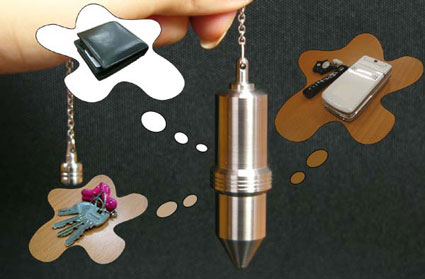
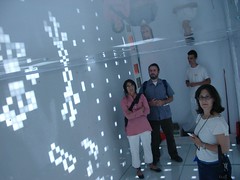
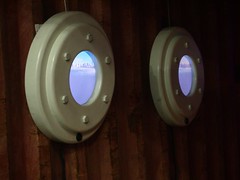
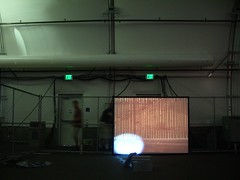
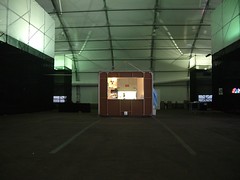
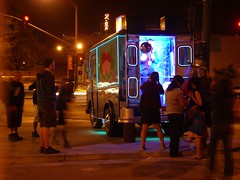
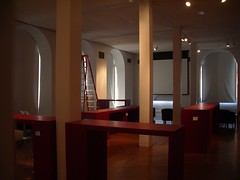
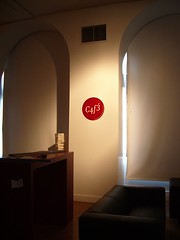




Recent Comments